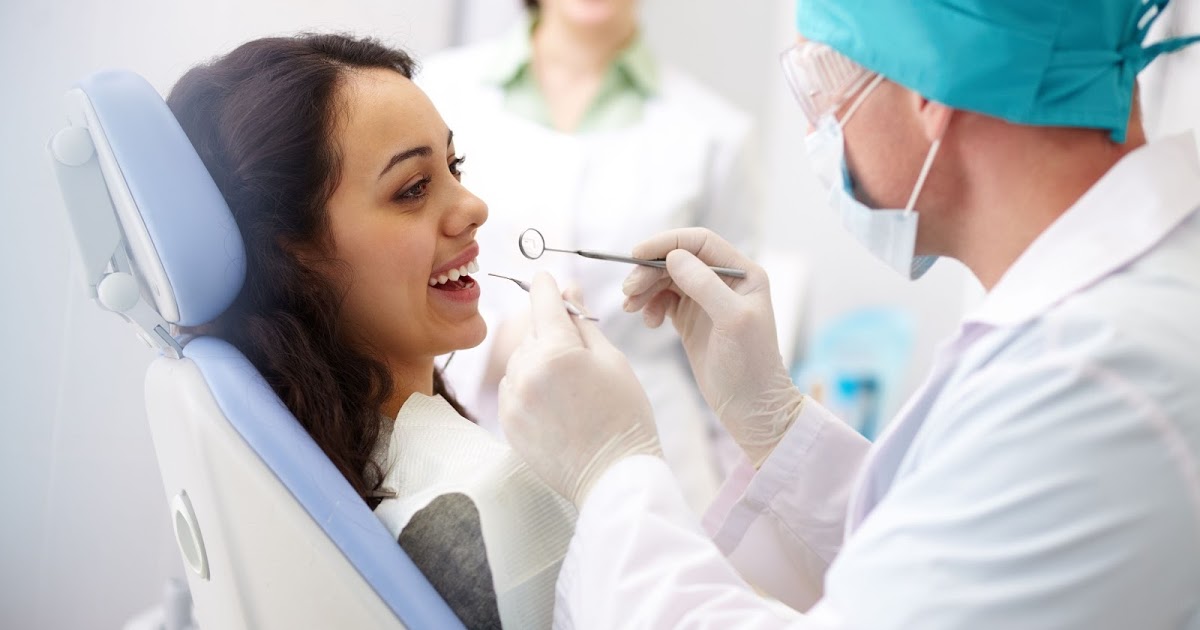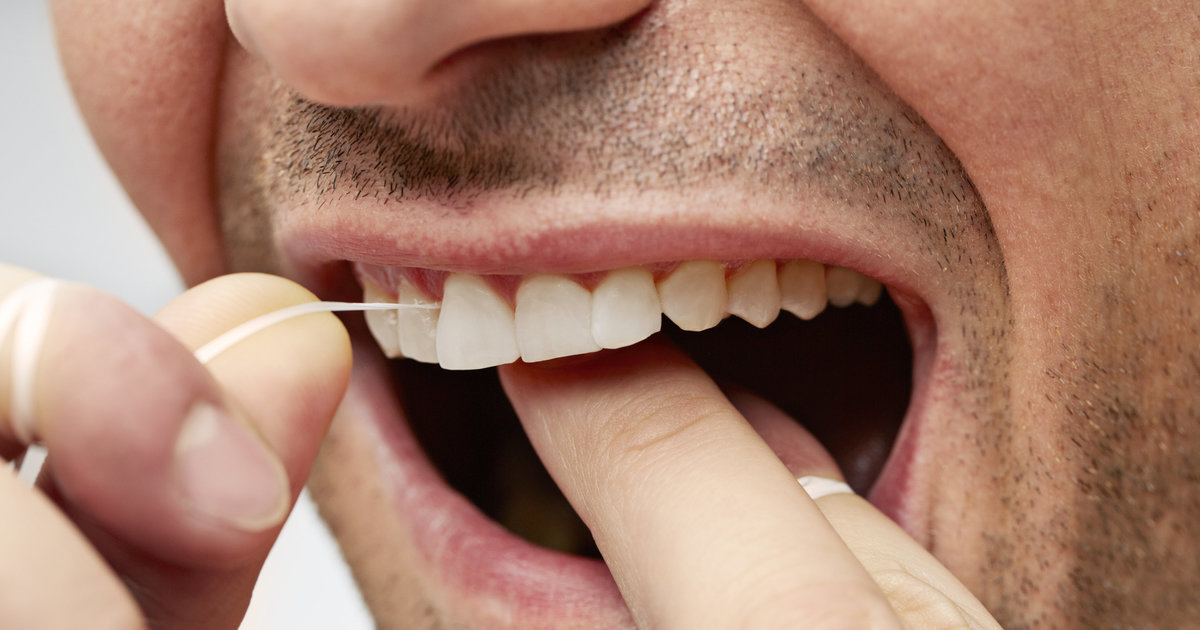Guide To Treating And Preventing Gingivitis
Gingivitis is a common, mild form of gum disease many individuals will be exposed to at some point in their lives. Gingivitis, a periodontal disease that can cause irritation, redness, and swelling of the gum tissue surrounding the base of each tooth, can lead to more serious conditions involving the structures of the mouth and more. Gingivitis can be the precursor to a more serious gum disease known as periodontitis, which may lead to tooth loss. The most common cause of gingivitis is the easiest to control: poor oral hygiene. While additional risk factors such as smoking and certain medications may make an individual more susceptible to gingivitis, improving oral hygiene is imperative to resolving this periodontal disease.
Professional Dental Care

Gingivitis occurs when plaque builds up on the base of teeth, inflaming the surrounding gum tissue. Plaque is sticky, attracting additional bacteria. Over time, the sticky plaque hardens, turning into tartar just below the gumline. Tartar irritates the tissue, causing gum swelling and bleeding. Adding to the tartar, cavities may form, both increasing the risk of periodontitis, gingivitis, and tooth loss. Evaluation by a dental professional assesses the current level of gingivitis and how to best treat it. X-rays may be necessary at this point, with yearly dental x-rays being recommended by the American Dental Association for proper oral health. Biannually, a thorough dental cleaning by a dental hygienist is the standard of care. Once individual risk factors are assessed, the dental professional may recommend an increased frequency of professional dental care, consisting of cleanings and assessments, allowing for a closer level of monitoring of dental health changes.
Learn more about treating and preventing gingivitis now.
Brush Teeth Twice A Day

Good oral health starts at home. A minimal requirement of good dental care is to brush teeth twice a day. This habit is the first step towards stopping the development of gingivitis that causes plaque and bacteria. Use of a soft bristle brush with an appropriate head size to fit the individual, one allowing access to all areas of the mouth. Toothbrushes should be replaced every three to four months, sooner if bristles are frayed or worn, or after an illness. Children often brush more vigorously and may require replacements sooner than an adult. Brushing technique matters as well. Short back and forth movements at a forty-five-degree angle to the gums should reach the inside and outside of all teeth except the front ones. Turning the toothbrush vertically and performing multiple up-and-down strokes helps ensure adequate cleaning of the inside of the front teeth. Be sure to reach all surfaces of every tooth: outer, inner, and chewing surfaces. Last, individuals should always thoroughly brush their tongue.
Keep reading for more on preventing and treating gingivitis now.
Floss On A Regular Basis

The recommendation to floss on a regular basis seems relatively easy and straightforward. Yet, only just above fifty percent of adults floss their teeth daily, and many adults lie to their dentists about their flossing habits. Many excuses are given to avoid flossing, but the recommendation is based upon years of research. Food and bacteria get caught between teeth, out of sight. Brushing alone will not prevent the build-up of plaque and tartar that cause gingivitis. Like brushing, flossing teeth has a technique to it. Using eighteen inches of floss held taut, individuals should employ a rubbing motion to slide it between two teeth. At the gum line, they should follow the shape of the tooth in a 'C' to get the entire space between the two teeth. Holding firmly against the tooth, they must rub gently up and down to loosen stuck particles. The process should be repeated against the adjacent tooth. Patients must work through all teeth, using a clean section of floss each time.
Get the details on more options for treating and preventing gingivitis now.
Rinse Mouth With Antiseptic Mouthwash

The secret to optimal oral health is ensuring cleanliness in all the places that are hard to reach and see. Antiseptic mouthwash is not a replacement for brushing and flossing, but it reaches areas of the mouth these techniques can miss or simply not clean as well. Antiseptic mouthwash, not to be confused with cosmetic mouthwashes only designed to freshen breath, have active ingredients shown to reduce gingivitis-causing bacteria while also reducing cavities and bad breath (halitosis). Individuals should rinse their mouth with antiseptic mouthwash after brushing. Appropriate mouthwash is typically available over-the-counter. When selecting mouthwash, individuals should look for the American Dental Association's (ADA) Seal of Acceptance. This indicates the mouthwash has been tested and demonstrated its safety and efficacy.
Learn more about how to prevent and treat gingivitis now.
Use An Electric Toothbrush

The advances in oral health have increased the popularity of electric toothbrushes. Once the decision to use an electric toothbrush has been made, individuals should look for the ADA Seal of Acceptance. This seal is given to brushes of proper quality and those that have demonstrated their effectiveness in reducing dental cavities and gum disease. Individuals should choose a soft-bristled head, as firm or medium strength bristles may damage and break down tooth enamel.
Brushing with an electric toothbrush does not have to be vigorous, and in fact, being thorough is much more important than firmness. Toothpaste has an inherent abrasive quality strong enough to remove plaque with even strokes. Is the use of an electric toothbrush better than a manual toothbrush? Some say no, yet many find a powered toothbrush to be not only more comfortable, but easier to use. Others report fewer stains and similar conditions when they use an electric toothbrush.
